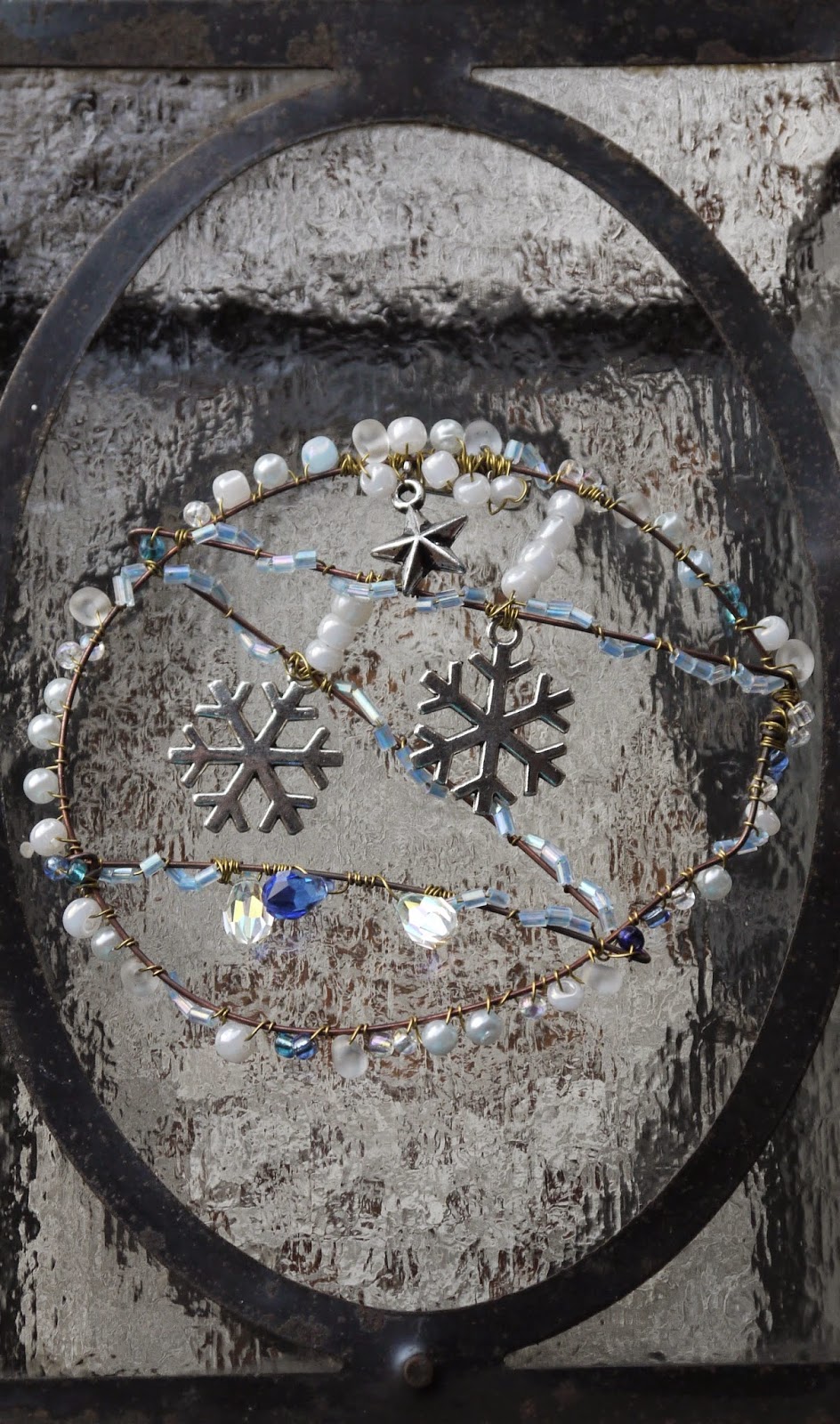I'm lucky enough to live a stones throw away from Hadrian's wall, a Roman wall built in AD 122 by the emperor Hadrian's people. I've been up several times over the years to walk parts of the wall which spans the length of Britain from Bowness on the Solway Firth in the west to Wallsend in the east, altogether it runs 74 miles.
One of my favourite places to visit on the wall is
Vindolanda, which is a 'live' museum with digs going on all year round.
One of the items they found there is a cloak brooch, with a figure believed to be Mars, the Roman God of war with two large shields either side. It belonged to a man called Quintus Sollonius who was a legionary soldier. It is the discovery of this brooch which has excited the archaeologists who work there, because it is something they haven't found before and the discovery of who it belongs to is proof that there was legionaries in Britain at the time of the building of the wall. They speculate that Quintus Sollonius must have been a fairly senior member of army, 'probably a non-commissioned officer with at least 20 years' experience.'
It would have been very expensive and was lightly to have been stolen rather then lost.
Another item described as 'of national importance and one of the finest ever recovered in Britain' was discovered farther down country in the town of Colchester this year.
Colchester was the setting of one of the most bloodiest battles between the Romans and native British, it was so bad that even today Colchester has a layer half a meter thick of red and black soil left by the remains of burnt clay walls.
The Romans knew the battle was coming but Colchester was defenceless with only a small army and no town defences.
The people, including one lady, buried their riches in the ground and prayed they'd be able to return to dig them up again.
The lady I mentioned buried a gold adjustable bracelet, two looped gold bracelets, two silver bracelets, a gold bracelet, a large silver armlet, a silver chain necklace, some coins in a purse and a jewellery box of thin silver with a wooden centre which contained a set of gold earrings, a set of gold and pearl earrings and five gold rings,four with gems and one with the incised image of a dolphin. She must have been terrified, the only hope they had was a large army of Roman soldiers which was on it's way to help them. Unfortunately that hope was slaughtered by Boudicca's British army and left unable to help Colchester. Every one in the town was killed and their homes burnt to the ground, nothing was left.
.jpg)
Then in 2014 the department store, which now sits on top of where all that time ago the lady knelt and buried her treasures, decided to do some renovation work to the store. As they dug down into the red and black layer they found bone, something which was rare enough on it's own but then 3 days before the work was due to end a bundle of metal was found. This bundle of metal turned out to be the jewellery and coins of the lady. Even with all the dirt and grim of being buried for so long the archaeologists knew this was a horde of very good quality.
Dr Philip Crummy, director of Colchester Archaeological Trust, dug it up and sent it to a secure laboratory to be cleaned. From there it is due to be ruled whether it is treasure or not by the coroner.
When the conservation process is finished the horde will go on display at Colchester Castle Museum.
For more information on this Colchester treasure
Click Here.

%2Bby%2BNitot%2Bfor%2BEmpress%2BMarie-Louise%2BBoneparte%2Bof%2BHapsburg%2Bnow%2Bin%2BSmithsonian%2B2.jpg)
%2Bby%2BNitot%2Bfor%2BEmpress%2BMarie-Louise%2BBoneparte%2Bof%2BHapsburg%2Bnow%2Bin%2BSmithsonian.jpg)
%2Bemeralds%2Breplaced%2Bwith%2Bturquoise%2Bby%2BVan%2BCleef%2B%26%2BArpels%2Bnow%2Bin%2BSmithsonian%2B3.jpg)


















.jpg)





